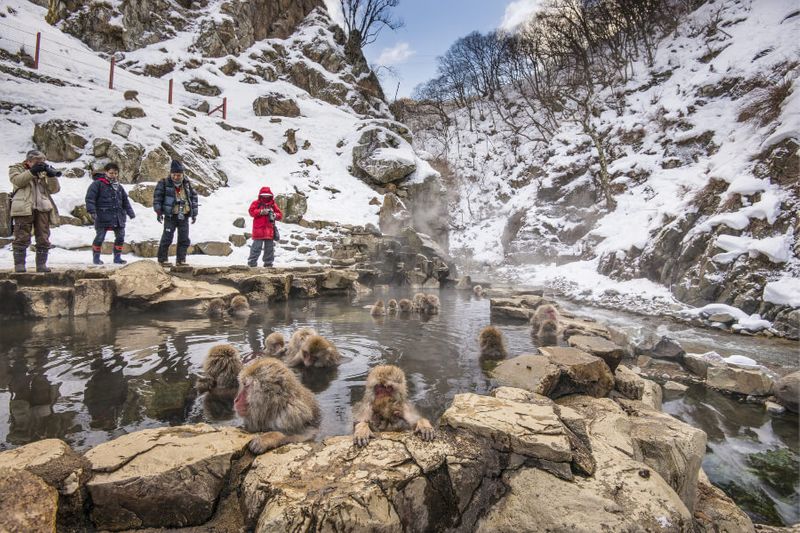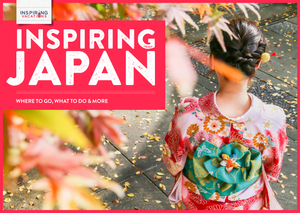This Winter Olympics city retains its small-town spirit
Capital of Honshu’s Nagano prefecture in the heart of Japan, the city of Nagano is closer to an ancient town than a buzzing metropolis. But what it lacks in population and neon billboards, it more than makes up for in traditional charm. Just under two hours northwest of Tokyo by bullet train, Nagano is home to treasured temples, bucolic countryside and delicious food. It’s also a short drive from some of the country’s best ski resorts, making it a great starting point for those keen to check out the powdery slopes.
Modern-day Nagano is a commercial hub, with many industries operating out of the city, but its origins are entrenched in Japanese tradition. In fact, the entire city grew from its most famous sight: the Zenkoji Temple. This fascinating temple houses the first Buddhist statue brought back from Korea when the religion was introduced to Japan in the sixth century. The real statue has been locked away for hundreds of years but that doesn’t discourage crowds; every year, an estimated 10 million people – both pilgrims and tourists – flock to the temple. Visit bright and early to watch local monks perform their morning prayers.
Since Zenkoji was established in the seventh century, Nagano has evolved from a tiny temple township to a market town and eventually, into a full-blown city – the prefecture’s largest – while still retaining a rural feel. A walk down the main shopping street Nakamise, past the old-style buildings and market stalls, is akin to travelling back in time.
Nagano was thrust into the global spotlight in 1998 when it hosted the Winter Olympics. Thousands of athletes descended on the city to participate in events from ski jumping to snowboarding. Over one million spectators travelled to Nagano and its surrounding mountains for the occasion, cementing the city’s status as a premier winter destination. Kazakoshi Park Arena in the resort town of Karuizawa became the first place to ever host both winter and summer Olympic events. If you’re planning a trip to Nagano, visiting the Nagano Olympic Museum is a great, free activity. You can even ice skate at the Memorial Skating Rink between October and March.
Once you’ve wandered the city and skied the mountains, head north to Yamanouchi – the only place in the world where wild monkeys bathe in hot springs. The macaques native to the region have been observed to escape the cold this way since the 1960s and in recent times, the sight of them bathing among the snow has become synonymous with winter in Japan. Just make sure to pack your camera.
While all the usual Japanese menu fixtures are available in restaurants across Nagano, the prefecture is best known for its soba. These buckwheat noodles are typically served in a boiling broth or chilled with a dipping sauce. If you have any spare time, take a soba-uchi class to learn the ancient art of making noodles by hand.







